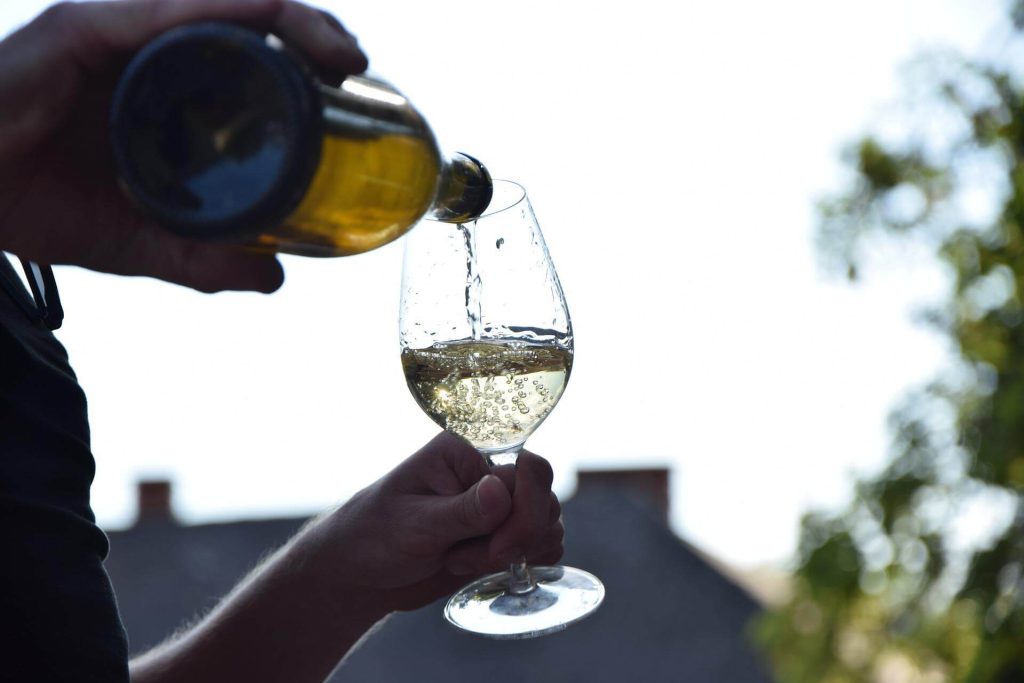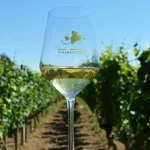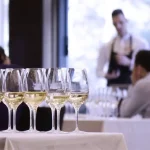The conference was organised by the Croatian Agriculture and Food Agency (HAPIH), Osijek-Baranja County Tourist Board and the Graševina Croatica Association as part of the Wine Tour Across Borders project that is co-financed through the Hungary-Croatia EU Programme.
HAPIH Director Darja Sokolić said that in 2020 37,000 tonnes of Graševina grapes were produced, or 44% of Croatia’s total grape production, producing 255,000 hectolitres of Graševina wine which is almost 40% of all the wine produced in Croatia.
More than 40% of the wine placed on the Croatian market is Graševina which comes in all wine categories — table wine, quality wine, quality wine, classy wine and even a sparkling, Sokolić said, adding that she sees great potential in that wine variety.
President of Graševina Croatica Josip Pavić believes that in reference to laboratory and organoleptic evaluation, Slavonia and the Danube region produce the best quality wines but they have a lower sales price and low market potential.
Hence, he said, it is necessary to promote Graševina through wine and gastronomic tourism and a wine development strategy that will enable significant investment.
For more, check out our lifestyle section.











